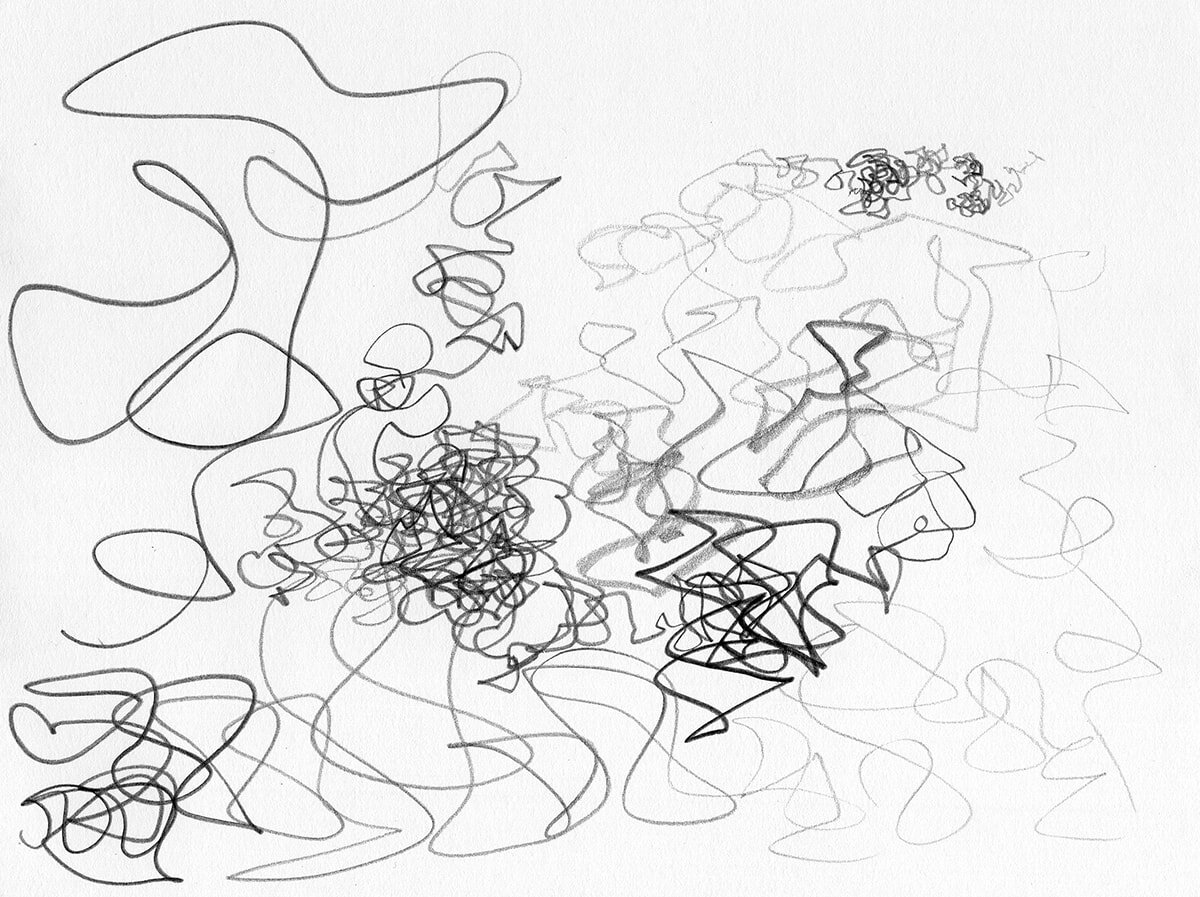Thursday, March 14, 2024
PRACTICING FREEHAND DRAWING
TYPES OF SHADING
Shading is a fundamental technique in art that adds depth, volume, and realism to drawings, paintings, and other artworks. There are various techniques artists use for shading, each with its characteristics and applications. Here are some common shading techniques:
Hatching and Cross-Hatching: These techniques involve drawing closely spaced parallel lines (hatching) or intersecting lines (cross-hatching) to create shading effects. The density, angle, and direction of the lines can be varied to achieve different tones and textures.
Stippling: Stippling involves creating shading by using dots or small marks. By varying the density and spacing of the dots, artists can create subtle transitions between light and shadow.
Blending: Blending involves smoothly transitioning between different shades or colour. This can be done using tools like blending stumps, tortillons, and brushes, or simply by smudging with fingers or tissue paper.
Layering: Layering involves building up layers of colour or tone to create depth and richness in shading. Light layers are applied gradually, allowing artists to control the intensity of shading and create smooth transitions.
Contour Shading: This technique involves following the contours of the subject to create shading that emphasizes its three-dimensional form. By varying the thickness and direction of lines or strokes, artists can enhance the sense of volume and structure.
Cross-Contour Shading: Similar to contour shading, cross-contour shading involves following the contours of the subject with lines or strokes that cross its form. This technique adds depth and dimensionality by suggesting the curvature and texture of the subject.
Chiaroscuro: Chiaroscuro is a shading technique that emphasizes the contrast between light and dark areas to create dramatic effects. It often involves using strong contrasts to model three-dimensional forms and create a sense of volume and depth.
Highlighting and Burnishing: Highlighting involves leaving areas of the artwork untouched or adding lighter tones to create highlights and reflections. Burnishing involves applying pressure to blend and smooth out layers of colour, creating a polished or shiny surface.
Gradient Wash: In watercolour painting, a gradient wash involves applying a wash of diluted pigment that transitions smoothly from light to dark or from one colour to another. This technique can create subtle and gradual shading effects.
Negative Space Shading: Negative space shading involves shading the areas around the subject rather than the subject itself. By darkening the background or surrounding areas, artists can create the illusion of light falling on the subject and enhance its form and presence.
TIPS FOR FREE HAND DRAWINGS
Tired of having to depend on tracing and/or using grids when drawing or preparing for a painting? Do you want to be able to confidently sketch while out and about, in a coffee shop, at a park, while on vacation, etc.? Confused as to how artists can recreate shapes and proportions effectively when drawing freehand?
Most people know that even though I enjoy using references when drawing or painting (I use both photos as well as draw/paint from dire
ct observation), I'm not a very big believer in tracing and using grids.
We can use grids while sketching or doing perspective work.
But freehand drawing is the best technique to sketch/ draw anything around you, what's in your mind. it won't waste your time and you do not need more tools to carry.
- first, you guys must know which no. conatins lightest and darkest charcoal/granites.
PRACTICING FREEHAND DRAWING
Practising freehand drawing is an excellent way to improve your artistic skills and express your creativity. Here are some tips to help you ...

-
Tired of having to depend on tracing and/or using grids when drawing or preparing for a painting? Do you want to be able to confidently sket...
-
Practising freehand drawing is an excellent way to improve your artistic skills and express your creativity. Here are some tips to help you ...
-
Shading is a fundamental technique in art that adds depth, volume, and realism to drawings, paintings, and other artworks. There are vario...


